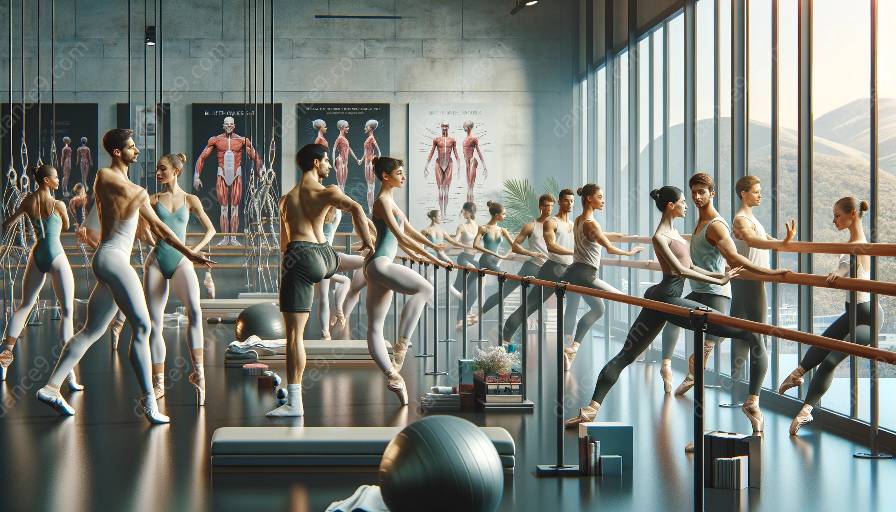Ballet is an art form that demands exceptional physical conditioning, strength, and flexibility. To achieve peak performance and maintain overall health, ballet dancers can benefit from cross-training in disciplines related to ballet. This comprehensive approach can optimize their physical and mental well-being, improve their overall performance, and prevent injuries.
Health and Physical Aspects of Ballet
Before delving into the benefits of cross-training, it's essential to understand the unique health and physical aspects of ballet. Ballet requires a combination of strength, agility, balance, flexibility, and endurance. Dancers must possess a strong core, toned muscles, and sound cardiovascular fitness to execute complex movements with precision and grace. The sheer physical demands of ballet can put significant strain on the body, potentially leading to overuse injuries and muscle imbalances.
Additionally, the physical aspects of ballet contribute to the mental and emotional well-being of dancers. The discipline and focus required in ballet can have a positive impact on mental health, promoting mindfulness and emotional resilience.
Ballet History and Theory
While the technical and artistic elements of ballet are paramount, it is also important to appreciate the historical and theoretical underpinnings of this art form. Ballet has a rich history and a tradition of discipline, dedication, and artistic expression. Understanding the theoretical foundation of ballet can provide insights into the physical and mental demands it places on dancers.
Benefits of Cross-Training in Disciplines Related to Ballet
Cross-training refers to the practice of engaging in complementary forms of exercise and physical activities to enhance overall performance in a primary discipline—ballet, in this case. Let's explore the various benefits of cross-training for ballet dancers:
1. Injury Prevention
Cross-training allows dancers to strengthen different muscle groups, correct muscle imbalances, and improve overall flexibility and mobility. By incorporating activities such as Pilates, yoga, or strength training, dancers can reduce the risk of overuse injuries and enhance the longevity of their careers.
2. Enhanced Strength and Conditioning
Participating in cross-training activities like resistance training, bodyweight exercises, or cross-fit can improve dancers' overall strength and conditioning. Strengthening supporting muscle groups and building overall body strength can directly translate to improved performance in ballet techniques and movements.
3. Improved Flexibility and Range of Motion
Activities such as yoga, tai chi, or gyrotonics can help ballet dancers enhance their flexibility, range of motion, and body awareness. Improved flexibility can contribute to better extension, line, and fluidity in ballet movements, ultimately enhancing performance.
4. Cardiovascular Fitness
Engaging in cardiovascular activities such as swimming, cycling, or running can enhance dancers' endurance and cardiovascular fitness. Improved aerobic capacity can support sustained energy levels and stamina during demanding ballet performances.
5. Mental and Emotional Well-being
Exploring other disciplines through cross-training can provide mental stimulation, variety, and a break from the rigorous demands of ballet training. Activities that promote mindfulness and relaxation, such as meditation or Tai Chi, can contribute to improved mental and emotional well-being.
6. Cross-Training as Artistic Inspiration
Exposure to different movement modalities and art forms can inspire creativity and artistic exploration within ballet. Cross-training can bring new perspectives, movement qualities, and artistic influences, enriching dancers' artistic expression and interpretation.
Conclusion
By integrating cross-training into their training regimen, ballet dancers can benefit from improved overall health and performance. The combination of strength, flexibility, endurance, and mental resilience gained through cross-training can elevate their abilities as dancers, while also reducing the risk of injuries and mitigating the physical strains of ballet. Embracing a holistic approach to training that incorporates cross-training in disciplines related to ballet can nurture the physical and artistic prowess of ballet dancers, promoting their longevity and well-rounded development.





























